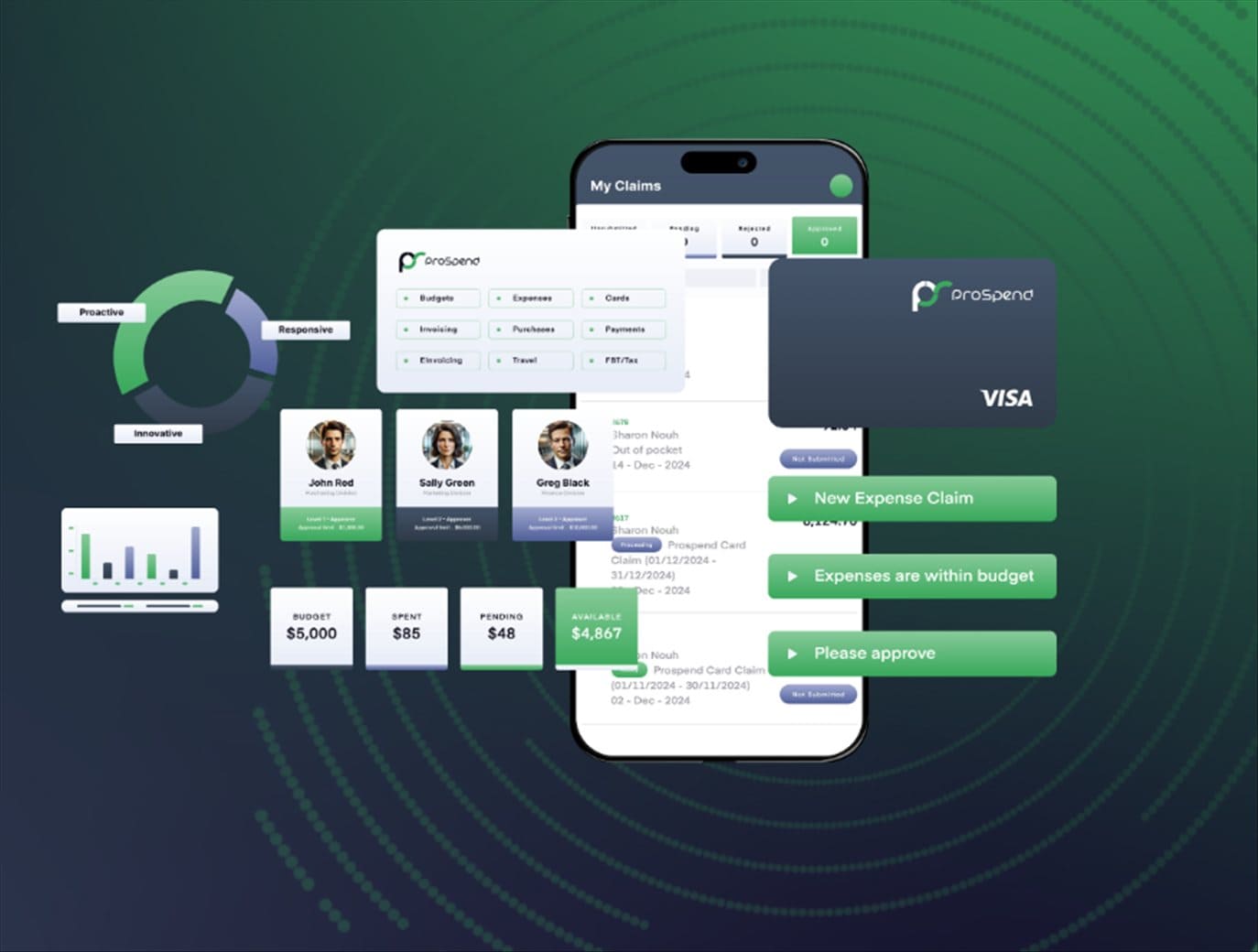
Note: This is a guest post written by David McNeil
Data breaches have become commonplace today. Cybercriminals target organizations of all sizes, from enterprises and startups to government offices and even healthcare units. These financially motivated attacks are elaborate in nature, and hackers often use a variety of tools and methods such as malware infections, spear phishing attacks, and zero-day exploits to obtain unauthorized access to systems and data.
For instance, advanced persistent threat (APT) groups are now using the COVID-19 outbreak to carry out their attacks. These threat actors exploit the public’s confusion by creating data-stealing COVID-19 e-books and map trackers and sending fraudulent emails that contain malware.
Most businesses are now investing in security solutions to mitigate such cyberattacks. However, these tools may contain vulnerabilities and often fall short. Hackers are always exploring new ways to bypass defenses and develop payloads to penetrate systems. As such, it is important that organizations routinely perform cyber risk assessments to test the effectiveness of their security measures and see if their security controls can detect and eliminate modern threats.
Advanced Persistent Threats
APTs are malicious actors that look to infiltrate networks for prolonged periods of time to do their damage. They can utilize sophisticated tools and methods to evade detection and perform various criminal acts such as data exfiltration and extraction. APT groups typically target organizations for financial gain, sabotage, or corporate espionage.
Recently, the FBI warned organizations that a remote access trojan is being used to target global industries and gain access to their networks. The malware has been used by hacking groups and has been very successful in infecting numerous systems. For instance, it was able to gain sustained access to multiple networks for months and execute its payloads and deliver additional malware to cause further damage.
The success of APTs in causing costly data breaches to companies has led to their steady rise. In 2019, there were already 27 APT groups that specialized in targeted and sophisticated attacks.
New challenges for organizational IT
As these attacks continue to grow in number and sophistication, the consequences for organizations suffering from a breach become bigger. Depending on the gravity of the breach, companies may have to face different kinds of problems. They may incur revenue losses due to operational disruptions. Some may have to work on rebuilding their damaged reputation. Others may have to pay penalties and compensate affected users. Credit bureau Equifax, for instance, agreed to a multimillion-dollar settlement that included a whopping $425 million to compensate users who were affected by the data breach they suffered in 2017.
To avoid such problems, organizations must adopt capable security tools that can safeguard their networks from attacks. They can install antivirus solutions and firewalls to block malicious software and traffic from entering their networks. Spam filters can also be used to screen email attachments and flag those with suspicious content. Adopting IT management platforms to keep networks and devices updated can help keep systems updated and patched making then difficult for hackers to exploit. Organizations can even provide cybersecurity training to ensure that their staff members will not fall for phishing scams.
How continuous risk assessment helps
While various security solutions are available, a single vulnerability in an organization’s IT infrastructure can still potentially lead to a breach. This is why companies must ensure that they are adopting the right tools and to secure their networks.
To regularly assess their security measures, organizations can use breach and attack simulation (BAS) platforms. Unlike conventional testing methods like penetration testing that require advanced technical expertise, BAS tools make risk assessment easy by automatically simulating attack scenarios across multiple vectors. These simulations can test how effective the organization’s endpoint security is against advanced threats.
BAS platforms also provide suggestions on how to address the flaws in the organization’s infrastructure. This enables companies to regularly review their security stack and quickly replace tools that failed to address the dummy payloads. BAS tools can simulate phishing campaigns so that IT managers can give additional training to employees that need to improve their security skills and behavior.
Performing continuous risk assessment ensures that an organization’s infrastructure is properly configured and its security measures perform well against modern threats.
Vigilance is a must
Organizations cannot risk being complacent with regard to their cybersecurity. While they can invest in security tools to combat complex threats, they must not forget to regularly review and assess their security measures. Overlooking even the tiniest of security flaws in their network can cause a major data breach. APT groups are always looking for opportunities to do damage. It will be prudent for organizations to stay on their toes and continue to improve their defenses.
Note: This guest post is written by David McNeil






